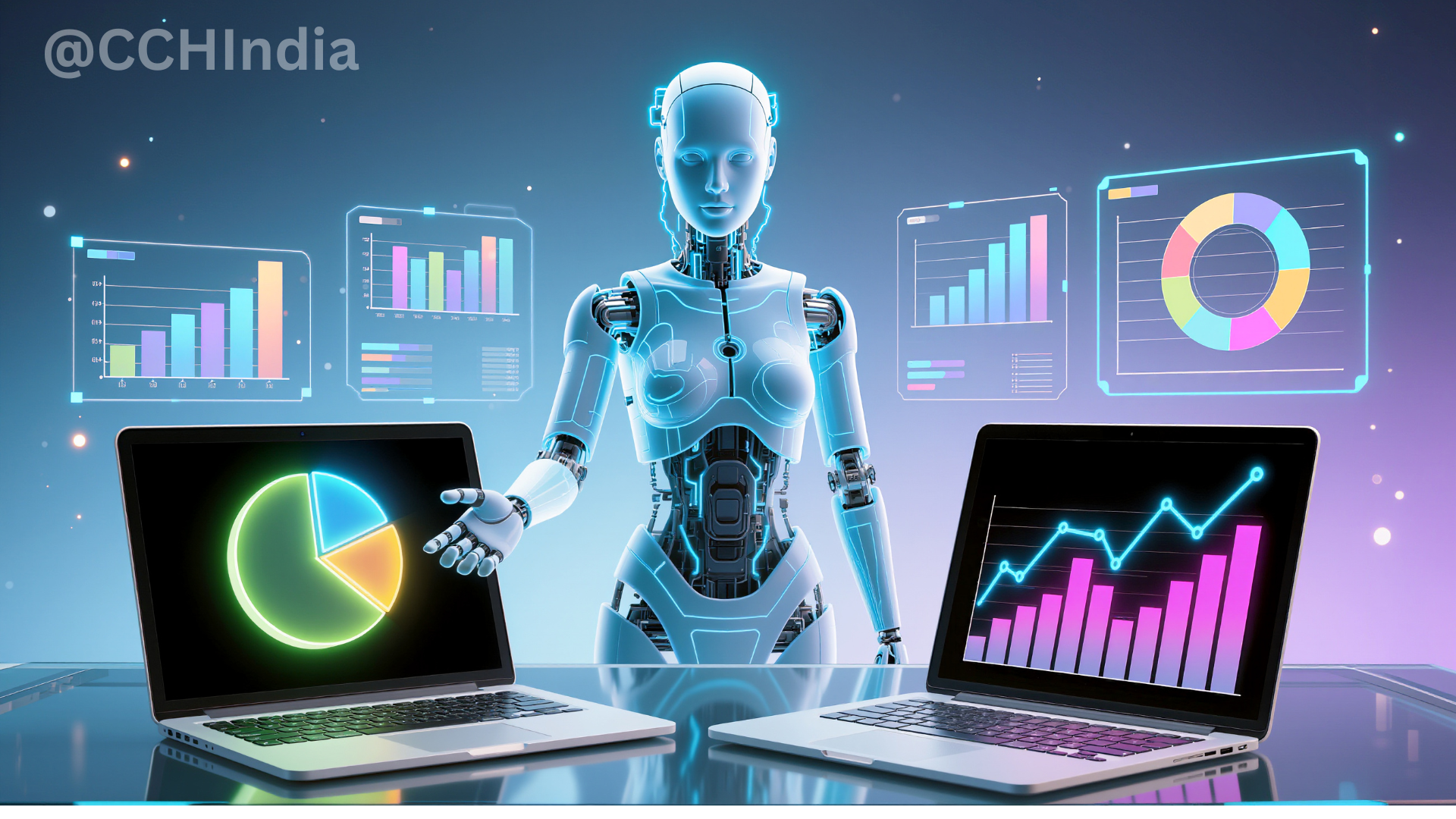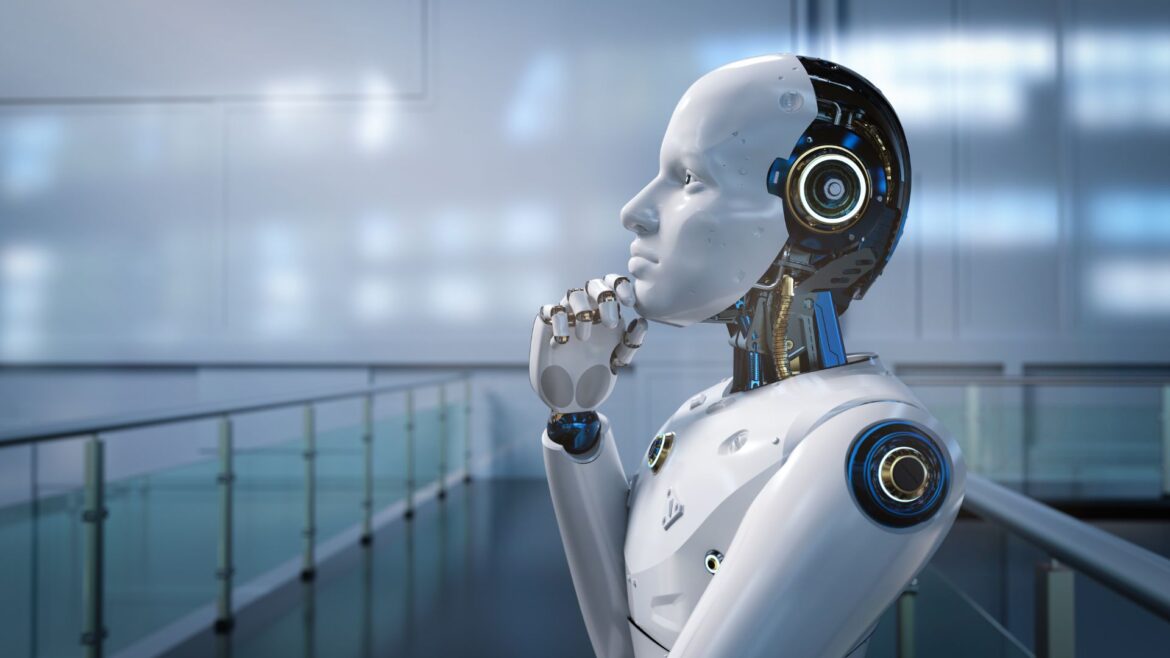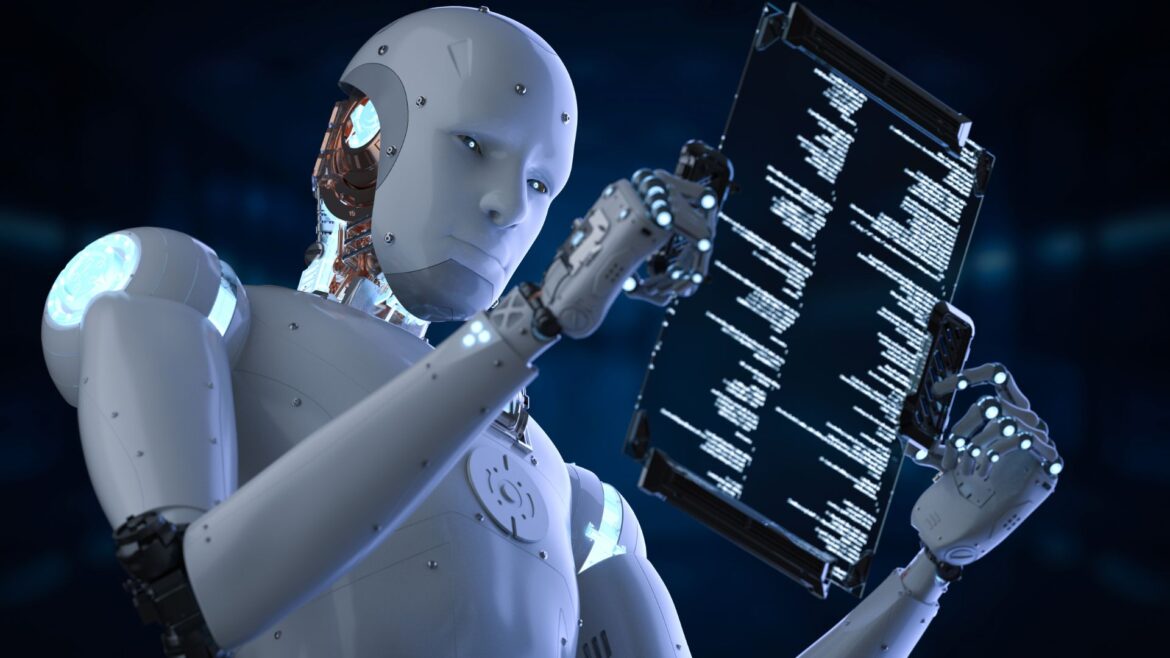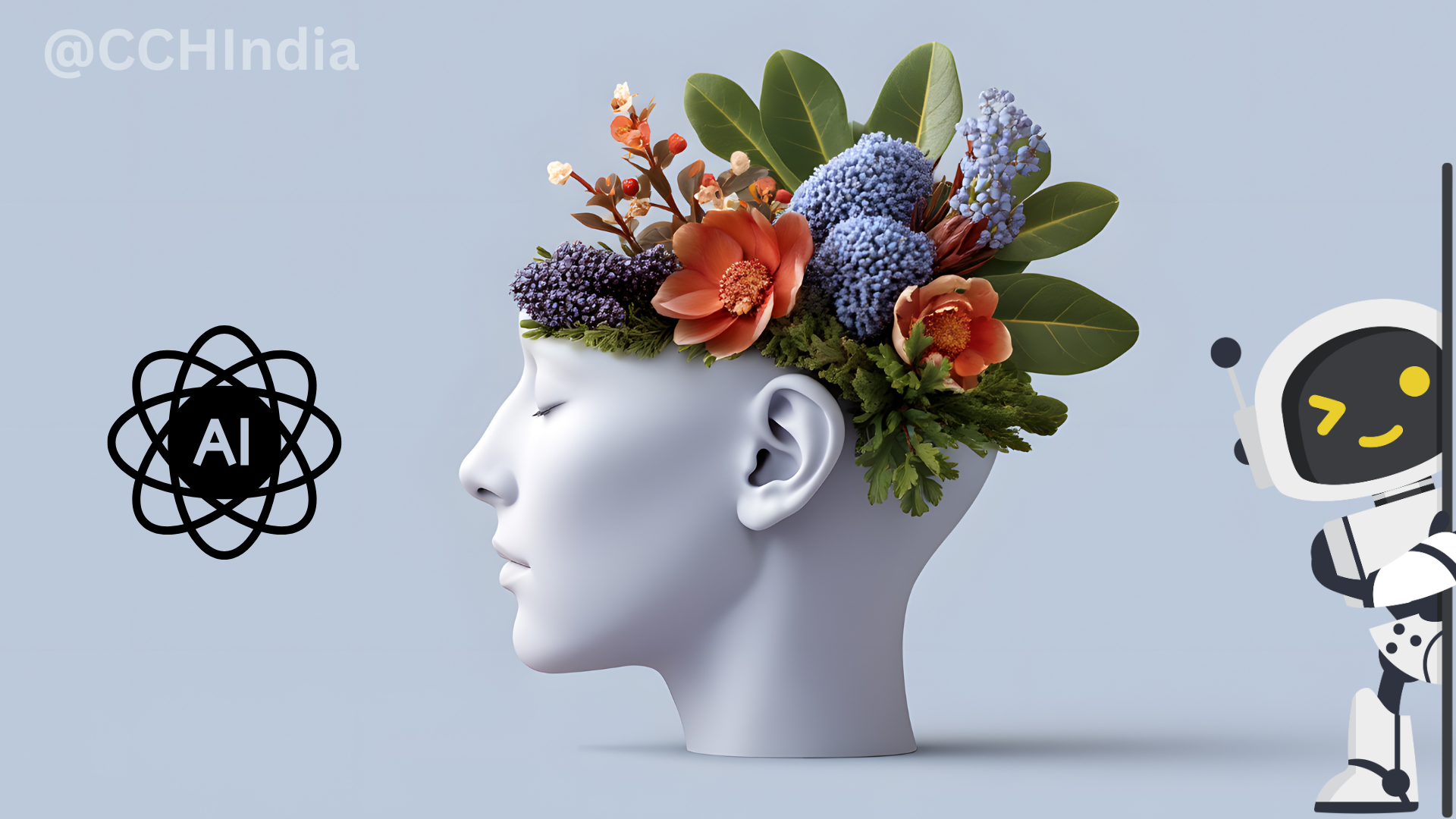Advancements in AGI and ASI development are raising serious human extinction concerns
Artificial Intelligence holds the potential to mimic human intelligence beyond that is controllable

In 2026, AI content creation tools are smarter than ever — but can they truly replace the human touch? Explore where human creativity still leads the way in storytelling, emotion, and authenticity.
By 2026, Artificial Intelligence has revolutionized the content creation industry. From writing blogs and marketing copies to generating visuals, videos, and even voiceovers — AI tools can now do it all within seconds. But as convenient and efficient as these tools are, one important question remains: Can AI truly replace the human touch in content creation?
The answer is — not yet.
While AI can replicate patterns, analyze trends, and produce well-structured text, it still struggles with emotion, originality, and context — the very elements that make content relatable and impactful.
Table of contents [Show]
AI tools like ChatGPT, Jasper, Copy.ai, and others have transformed how businesses and creators produce content. These tools can generate ideas, write blog posts, optimize SEO, and even personalize messaging based on user data. In 2026, AI-powered platforms are faster and more accurate, capable of writing entire ebooks, ad copies, and newsletters.
But this rise in AI-generated content has also created a flood of similar-sounding, emotionless pieces, leaving readers craving genuine, human connection.
AI content creation tools excel in tasks that require speed, precision, and scalability.
Some areas where AI outperforms humans include:
Yet, even with these capabilities, AI lacks something deeper — the emotional and creative intelligence that defines great storytelling.
Despite rapid advancements, certain aspects of content creation remain uniquely human. Here’s what still requires the human touch in 2026:
a) Emotional Storytelling
AI can imitate empathy but cannot feel it. Humans connect stories to real emotions — joy, loss, struggle, and triumph — that resonate deeply with readers. A human writer can capture cultural nuances and lived experiences that AI simply can’t replicate.
b) Brand Voice and Personality
Every brand has a tone — playful, serious, luxurious, or quirky. While AI can mimic tone, it often lacks the subtle consistency that comes from human understanding of brand values and audience emotions.
c) Original Ideas and Creative Risk
AI depends on existing data and patterns. It cannot invent something entirely new — it can only remix what it has already learned. True creativity involves taking risks, breaking patterns, and thinking beyond algorithms — something only humans can do.
d) Ethical and Cultural Sensitivity
AI lacks cultural awareness. It might unintentionally produce biased or insensitive content. Human oversight ensures content aligns with ethical standards, cultural contexts, and societal values.
e) Emotional Editing and Intuition
Even when AI writes the first draft, it’s the human editor who refines tone, adds empathy, and ensures the content “feels right.” Editing isn’t just about grammar; it’s about emotional flow — a skill AI still can’t master.
Instead of replacing humans, AI is becoming a collaborative partner.
The most successful creators in 2026 are those who combine AI efficiency with human creativity.
Here’s how professionals use this balance effectively:
For instance, a content writer may use AI to generate a blog outline or analyze search trends, but the final storytelling, humor, and personal anecdotes still come from a real person.
Audiences today are smart — they can instantly tell when something feels robotic or lifeless.
Human-created content brings authenticity. Readers want to hear personal experiences, real opinions, and genuine perspectives — not polished paragraphs with no soul.
Even on platforms like YouTube, Instagram, and LinkedIn, authentic, imperfect human content performs better than AI-generated perfection. People relate to emotion, not algorithms.
As AI continues to evolve, ethical questions are also rising. Should AI-written content disclose that it’s AI-generated? Who owns AI-created works — the user or the algorithm? In 2026, many brands are adopting “hybrid content models” — where human editors review every AI draft to maintain authenticity and ethical clarity.
Transparency builds trust, and trust remains the foundation of great content.
AI content creation in 2026 is powerful, efficient, and ever-evolving — but it’s not the full story. The future of content lies in human-AI collaboration, where technology speeds up the process and humans add meaning, emotion, and soul.
In the end, AI can write — but only humans can make readers feel.

Artificial Intelligence holds the potential to mimic human intelligence beyond that is controllable

Agentic AI: Autonomous Intelligence Beyond Generative AI

Artificial Intelligence systems in medical diagnosis leads to chicken and egg problem. AI can aid doctors and make diagnosis, decision and providing care faster. However, doctors can be dependent of AI system can lead to automation bias and hamper doctors' critical thinking.

Explore how AI shaped mental health in 2025 — from digital therapy to emotional well-being tech. Learn key lessons for a balanced human-AI future.

